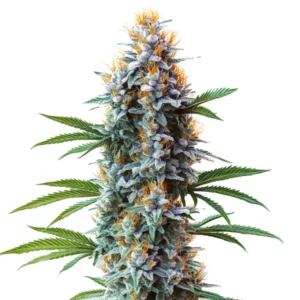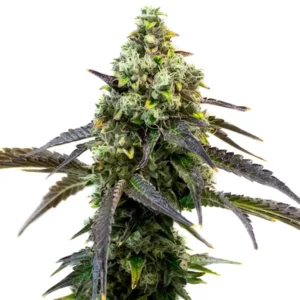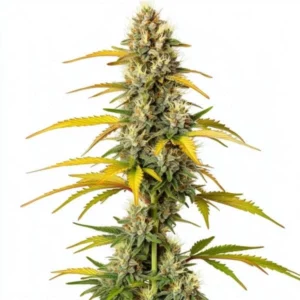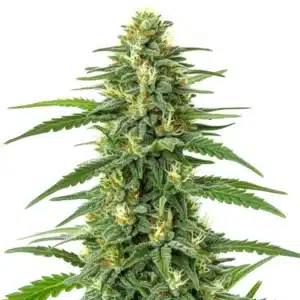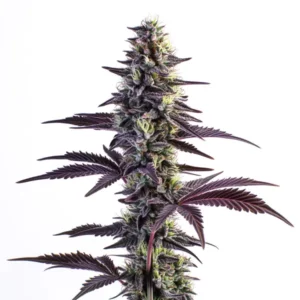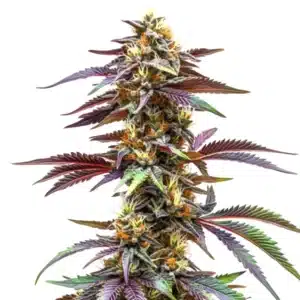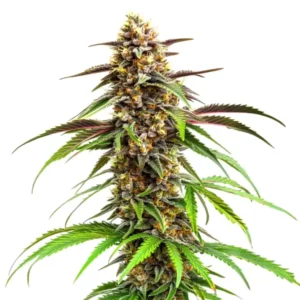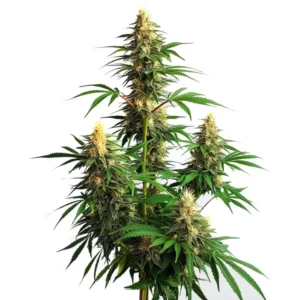
THC Benefits for Women: Health, Hormones & Well-Being
THC’s Function in Women’s Health
Hormonal Balance Effects
THC interacts with the endocannabinoid system to influence hormone signals that drive menstrual cycles. Regular use at controlled doses may help smooth out small hormone swings that can trigger discomfort. By tuning receptor activity, THC can help women keep cycles more regular and predictable. Experts emphasize that this system develops while we are still in the womb, which helps explain why THC can assist in hormonal balance without disrupting natural rhythms.
Menstrual Pain Relief
Many women suffer cramps that stem from uterine contractions and inflammation. THC offers natural anti-inflammatory action that can ease tight muscles and reduce pain signals. When taken orally or via vapor, it can act within minutes to soothe discomfort. THC’s pain relief often pairs with a calm mental state. Studies report that low to moderate doses yield significant relief, and it is increasingly being considered a supportive tool in integrative care for conditions like endometriosis.
Recommended Strains
Blue Amnesia Auto
|
|
THC | 17% - 18% (Medium) |
|
|
Type | Autoflowering |
|
|
Yield | Low |
|
|
Phenotype | 40% Indica / 60% Sativa |
Blue Cheese
|
|
THC | 16% - 20% (Medium) |
|
|
Type | Feminized |
|
|
Yield | High |
|
|
Phenotype | 80% Indica / 20% Sativa |
Mood Regulation
Shifts in mood can hit hard in the days before and during menstruation. THC helps adjust chemical messengers such as serotonin and dopamine that govern emotions. Users often feel a smoother mood curve and a steadier outlook. Regular microdosing can support a positive mindset across the month.
Promos & Deals
Reproductive and Menopause Support
Some research suggests that endocannabinoid signals play a part in ovulation and embryo implantation, and low-dose THC may support those signals. It is often used as a tool for calm during fertility journeys. For menopausal symptoms like hot flashes, night sweats, and mood swings, THC acts on receptors that control temperature regulation. Women who try small, regular doses report fewer episodes and better sleep.
Emerging data also indicates that cannabinoids can promote bone-building cells, helping to slow bone density loss as estrogen levels fall.
Mental Health and Stress Relief
For anxiety and PTSD, THC interacts with receptors in areas that govern fear and threat response, helping to dampen overactive stress signals. For sleep, THC promotes deeper rest by boosting signals that drive relaxation. Evidence also shows that low, controlled THC can improve mental clarity by reducing the stress and anxiety that distract attention.

Safety and Dosage Guidelines
Recommended Starting Doses
Beginners should start with 1 to 2.5 milligrams of THC and wait at least two hours before increasing. This approach lets women gauge sensitivity without overdoing it. Over time, users may find an ideal dose between 5 and 10 milligrams.
Tolerability and Side Effects
Most women tolerate THC well at low doses. Common mild effects include dry mouth or slight dizziness. In rare cases, higher doses may cause anxiety. When prescribed and used under medical supervision, THC has consistently proven to be a well-tolerated treatment option for women.
Interactions with Medications
THC can affect how the liver processes certain medications, including blood thinners and antidepressants. Women should review their medication list with a healthcare provider before adding cannabis.
Delivery Methods for Women
Edibles vs. Vaporizers
Edibles deliver THC through digestion and offer long-lasting relief, often for six to eight hours. It is crucial to understand that when THC is ingested, it is processed by the liver and converted into a much more potent compound. This is why the effect of an edible can be significantly more intense than smoking or vaping. While not as many cannabinoids pass into the bloodstream through the lungs, the digestive process delivers a more powerful form of THC to the body. This process also means the effects are delayed, typically taking 30 to 90 minutes to begin. Because of this delay and the increased potency, it is very easy to consume too much, which can lead to an uncomfortable experience or acute intoxication. Patience is vital.
Vaporizers heat THC without combustion, providing relief within minutes and allowing precise dose control. They last for a few hours and allow stepwise dosing.
Topicals for Pelvic Comfort
Topical creams and balms infused with THC deliver relief directly to sore areas without systemic effects. Women apply them to the lower abdomen or pelvic region to ease menstrual cramps. They work by targeting local receptors while avoiding a psychoactive experience.
Sublingual Tinctures
Tinctures placed under the tongue absorb quickly through blood vessels in the mouth, with effects arising within fifteen to thirty minutes. Tinctures also allow for accurate microdosing, as users can adjust the dose in single-milligram steps.

FAQs about thc benefits for women
Can THC help with PMS symptoms?
Many women report that low THC doses ease cramps, mood swings and bloating in the days before menstruation. By acting on pain and stress pathways, cannabinoids can reduce tension and discomfort. A gentle edible or vape can help maintain normal activities without heavy sedation. Always start with a small amount and note effects to find the right routine.
Is it safe during fertility treatments?
Women undergoing fertility workups often face stress that can hinder success. Using very low THC doses may relieve anxiety without affecting hormone tests or egg quality. Always discuss use with a fertility specialist to ensure it aligns with treatment protocols. Clear communication helps avoid any risk and supports both comfort and safe outcomes.
What dose aids sleep without grogginess?
A common sleep dose ranges from 2.5 to 5 milligrams of THC taken thirty to sixty minutes before bedtime. That amount often promotes deep rest without next-day fog. Women who track their sleep patterns find that slight tweaks improve quality. Keeping doses consistent each night helps build a steady sleep routine that feels natural.



